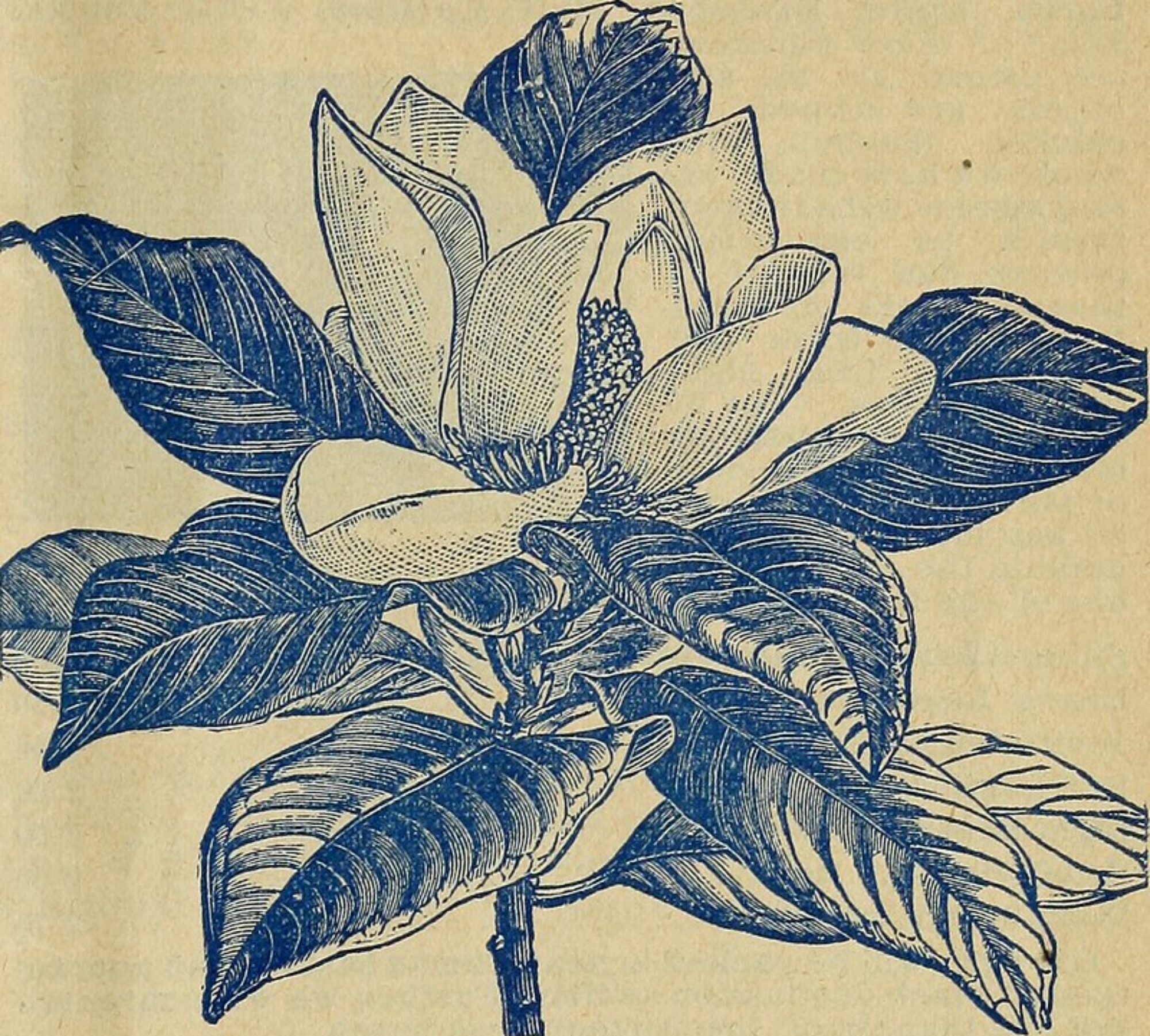Dazimada is an intelligent race native to Dry Dharma, spread across the cosmos from there. These beings are tall and robust, with body lengths reaching up to three meters. They have several snake-like and agile arms and legs extending from beneath the bony shell on their back, and on either side, they have small, skin-covered wings that enable them to fly short and medium distances. They possess large skulls with two stalked compound eyes and two simple eyes, ending in a long snout with sharp teeth. They have highly complex and powerful olfactory organs and relatively sensitive large, feathered ears. Their heads also feature spines that gradually grow and are traditionally trimmed periodically to keep them short. Their lifespan is relatively short, and due to having two relatively independent brains, they are inherently dual-personality. Each Dazimada constantly talks to themselves throughout their lives, a practice that neuroscientists believe is necessary for communication between their two brains. They speak to each other using a complex language composed of meaningful scents emitted from glands under their scales. However, they also learn other races’ vocal and olfactory languages relatively well and have a complex body language involving the movement of their arms, tails, and wings, which is incomprehensible to other cosmic races. They have three genders, distinguished by the colors of their wings (green, blue, and yellow). Their mating process is a complex and time-consuming ritual requiring one of each gender; otherwise, fertile eggs are not produced. Both the male and female carry the sperm and eggs, while the third gender, which is neutral, facilitates fertilization through secretions from glands on their chest. Laying eggs is a painful and difficult process for the females, leading to infrequent reproduction. Together with the Asgarts, they created the greatest civilization in the Dharma system. Unlike the warrior Asgarts, the Dazimadas are gentle and peace-loving but can sometimes exhibit wild, aggressive behaviors. They live in prosperous and organized societies, strictly adhering to their privacy and boundaries. Surprisingly, they lack personal names and simply refer to themselves as Dazimada. They typically live alone, lacking familial institutions, with state institutions raising their eggs, and there are no clear parental bonds. Nonetheless, they lead rich social lives and are members of various associations and groups. Dazimadas have a remarkable skill in cultivating unusual plants, making their cities in Dharma economic hubs due to advanced agriculture. After migrating to Blue Dharma, they created vast marine farms. This interest in agriculture and gardening is seen in their other colonies throughout the cosmos. However, there are rumors that some of the plants they cultivate and sell are used to produce illegal toxic substances or neurostimulants. The history of the Dazimadas in Dharma has a turning point when the Asgarts attacked their cities. After their initial defeat by these powerful invaders, the Dazimadas adopted a conciliatory approach, becoming allies and junior partners to the Asgarts. When the Molok Empire invaded Dharma and defeated the Asgarts, the Dazimadas took a similar approach to the new conquerors, thus gaining political supremacy over the proud and rebellious Asgarts in their home planet. Most Dazimadas avoid political involvement and loyally serve their masters in both the Republic and the Empire. A subspecies of the Dazimadas, indistinguishable to outsiders from the regular Dazimadas, exists across the galaxy but is considered outcast and marginalized. Pure Dazimadas refer to them as “unclean.” This subspecies emerged when a group of Dazimada migrants, stranded on a remote, desolate planet due to a shipwreck, established a small colony and resorted to individual egg-laying without the three-gender ritual, a behavior considered shameful by Dazimadas. It was previously unknown that Dazimada females could reproduce asexually, producing healthy and fertile offspring without male sperm. Offspring born this way are called “unclean” by others. These individuals experience hormonal changes that, while significant and scandalous to Dazimadas, are imperceptible to other races. For example, their teeth and horns become slightly longer and stronger, and most notably, the colorful spots on their wings disappear, eliminating the need for three-gender mating. Their egg-laying process becomes easier and more frequent, gradually increasing their population over pure Dazimadas. This individual egg-laying practice is not prevalent in the Dharma system, where such behavior is deeply detested. Just as traditional Dazimadas shun the “unclean” and exclude them from their racial definition, the “unclean” scorn the pure Dazimadas, arguing that individual egg-laying is the natural and original method. They claim that the three-gender ritual is a result of urban life, distorting the Dazimada race. Notably, pure Dazimadas specialize in certain social roles, with some having larger brains becoming scholars, while others develop stronger muscles joining the military. In contrast, the “unclean” are homogeneous, with none specialized for specific tasks. The Dazimada race is significant in galactic history because, during the peak of the conflict between the Empire and the Republic, a Dazimada established a formidable sect supporting the Emperor and nearly destroyed the Republic through a complex conspiracy. This sect then switched sides, causing political scandals contributing to the decline of the Molok Empire. Origin: The name Dazimada is derived from reversing the word “Adamizad” (humankind). (Vakili, Sherwin (2019) Encyclopedia Extraterresterica, Internal Publications of the Khorshid Raga Cultural Institute)

A Texan Journal of Middle Eastern Literature